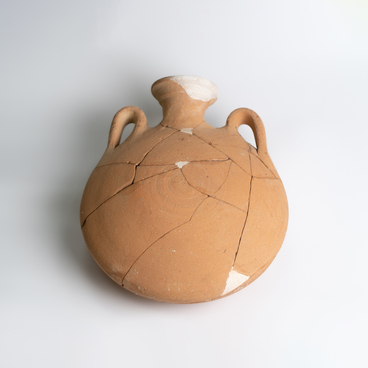A sacred vessel is an important part of all world religions and cultures. These bowls can be seen as permanent or portable altars, and they were also used for rituals. In ancient times, the Greeks used these bowls for bloodless sacrifices and offerings. They would pour wine, milk, or honey onto the ground as a way of thanking the earth for its fruit.
Ceramic bowls with relief images probably originated in Mesopotamia and reached Greece in the second half of the 4th century BCE. During the Hellenistic period, they were widely used in all parts of the ancient world, including the North Pontic region. Relief images could be found on bowls and cups of different shapes. This ancient technique was mastered by Greek jewelers to a great extent.
Jewelry craftsmanship absorbed advanced technologies and ideas from other fields of art. Researchers suggest that the craftsmen first created an impression on a die, and then placed the medallion at the bottom of a finished vessel that had not yet dried. During excavations at the ancient Greek settlement of Belyaus, a fragment of a brown lacquered bowl with the image of the goddess Artemis was found. The eternally young goddess-huntress was always revered by ancient Greeks despite her contradictory nature. Hunters dreamed of gaining her support, as she was believed to ensure success and protection from animals. Women asked for easy childbirth and the elderly prayed for a peaceful death.
At the bottom of the ritual bowl, there is a relief chest-length image of a beautiful girl. The pinned-up curls and the folds of the chiton are finely detailed. A bow is worn on the left shoulder and a quiver of arrows is visible behind the right shoulder. The bowl is decorated with a pattern of once-white, time-blackened paint and liquid clay. The researchers note the undoubted value of these vessels, which have impressions of medallions with relief images. Furthermore, their purely economic value (lacquered tableware was always expensive) was complemented by a sacred meaning reflected in the images on the medallions.


